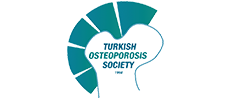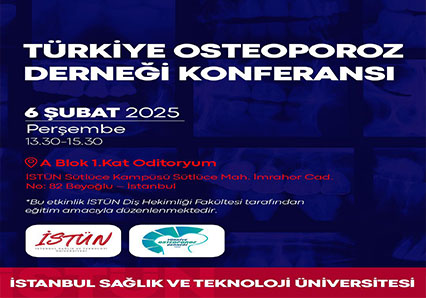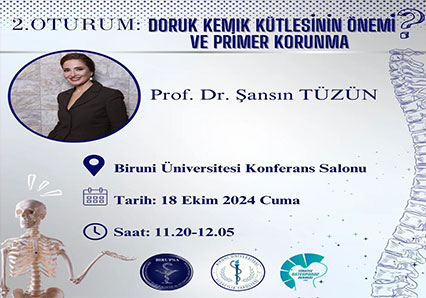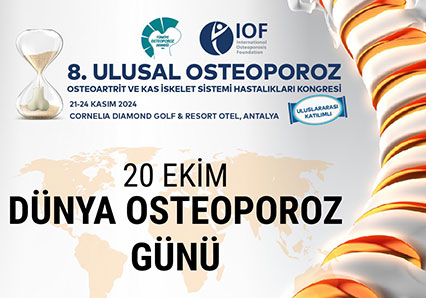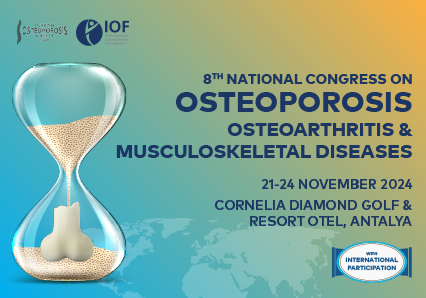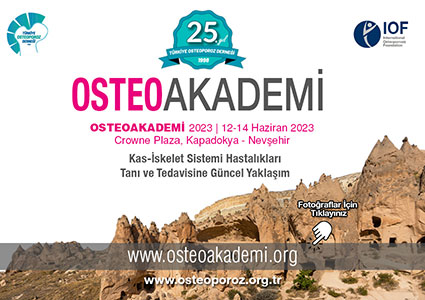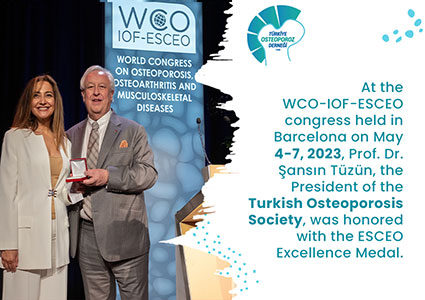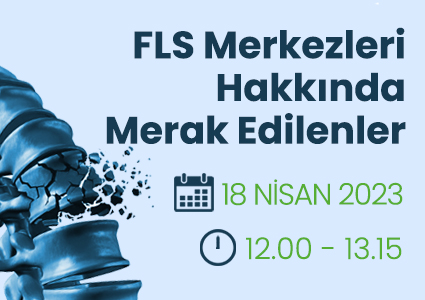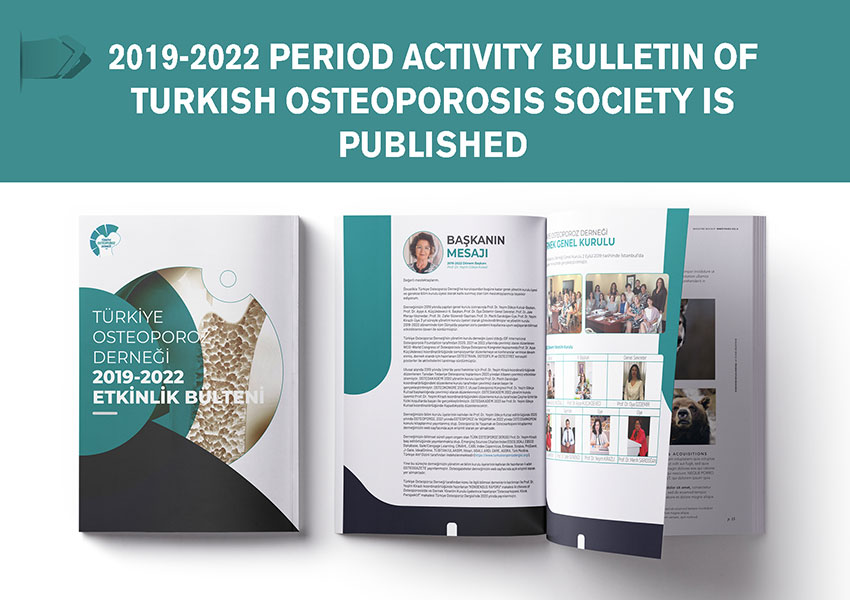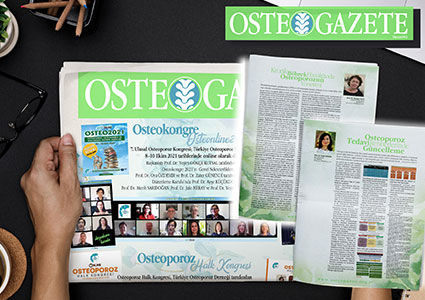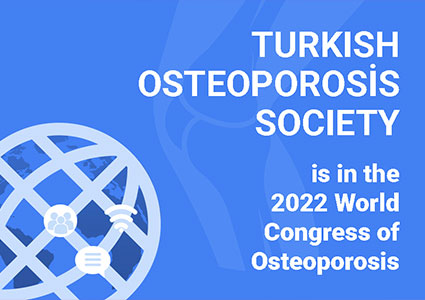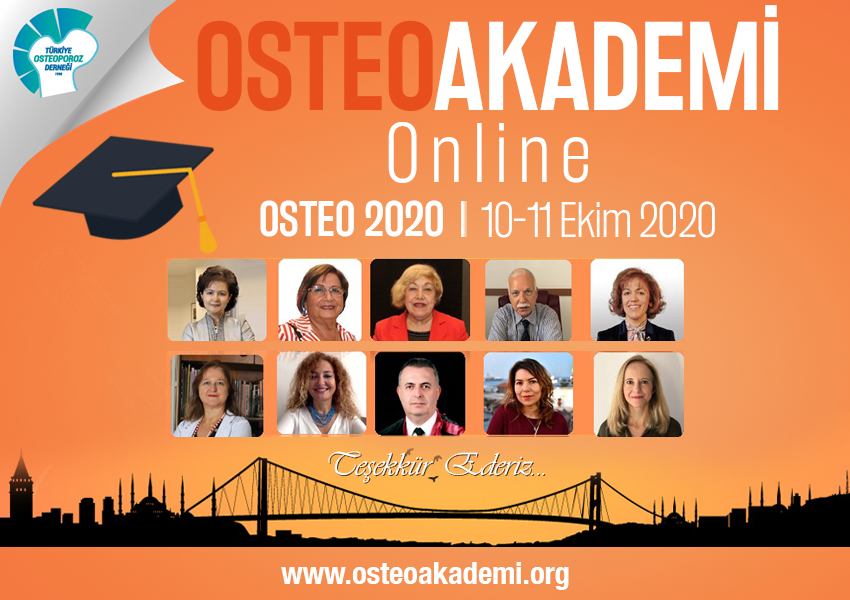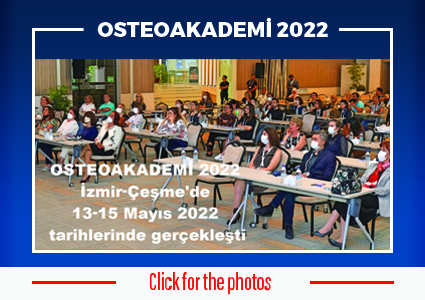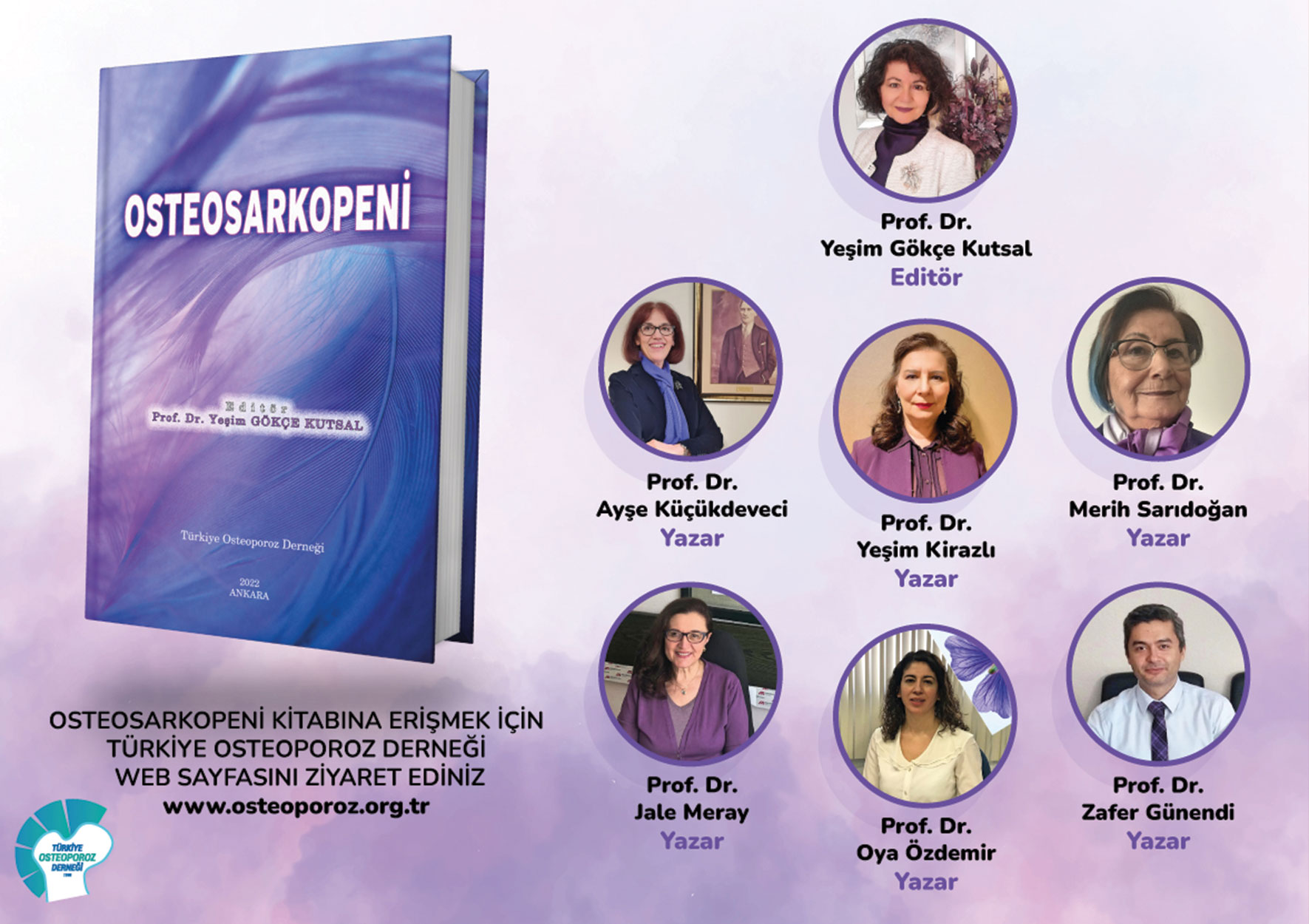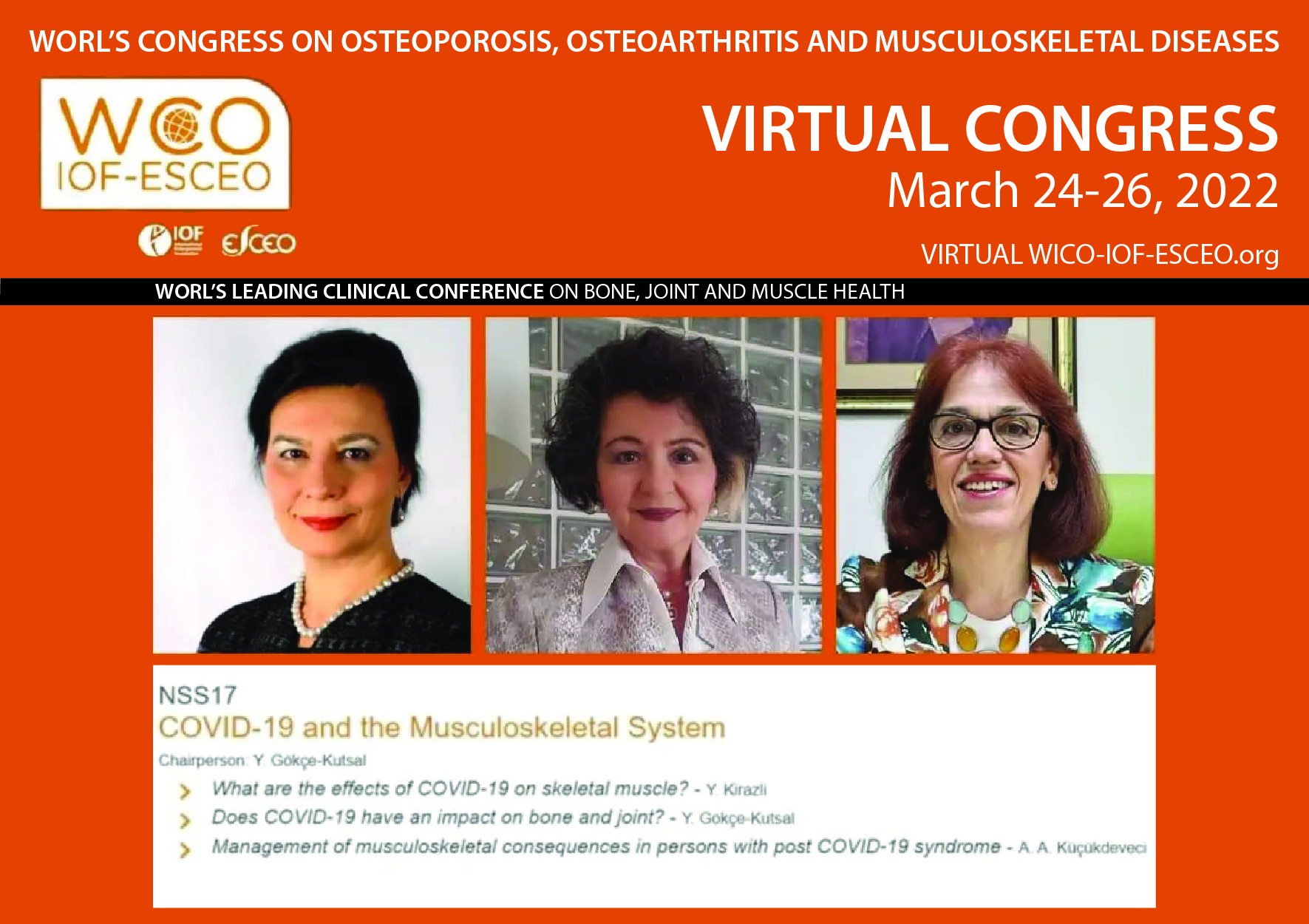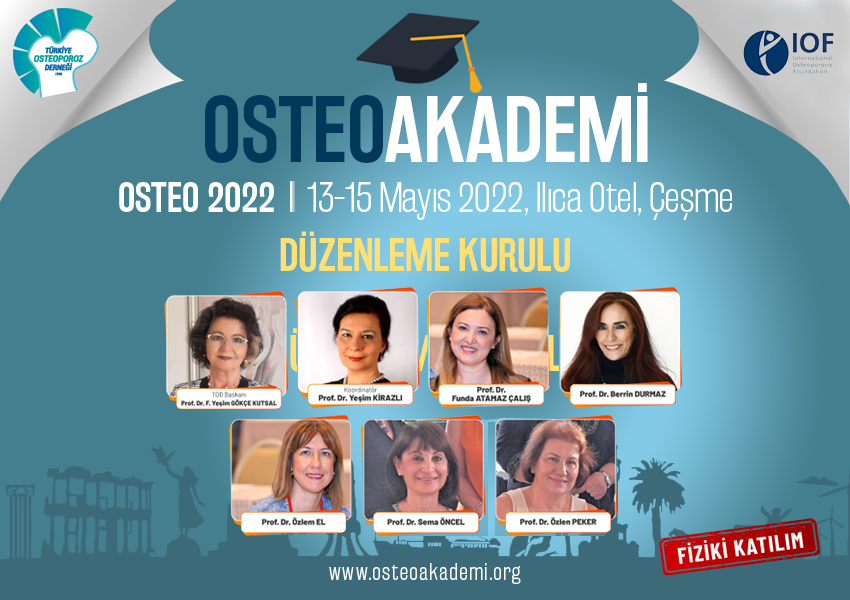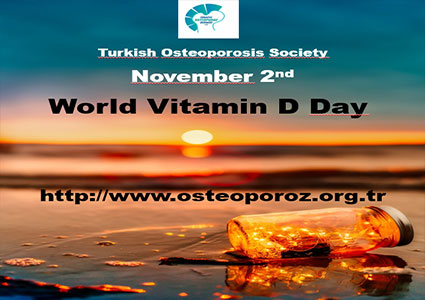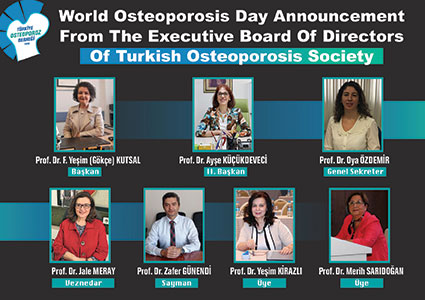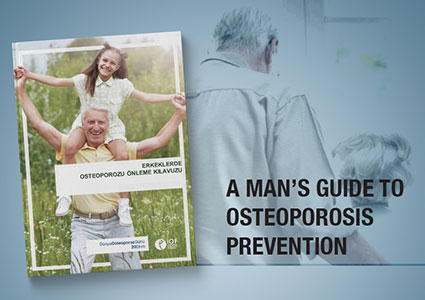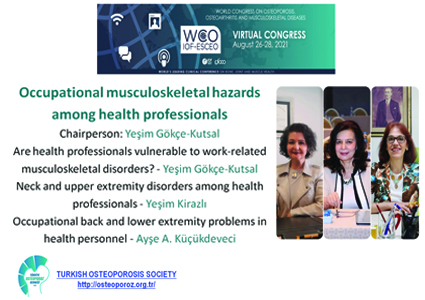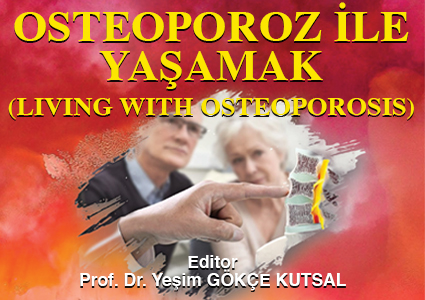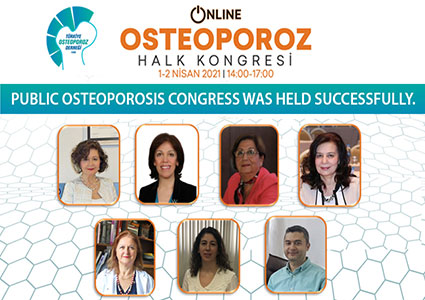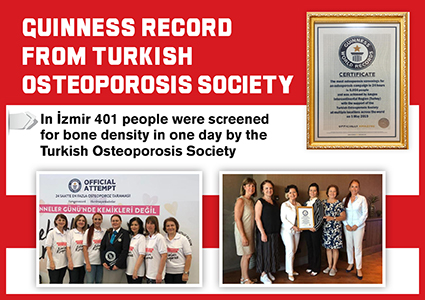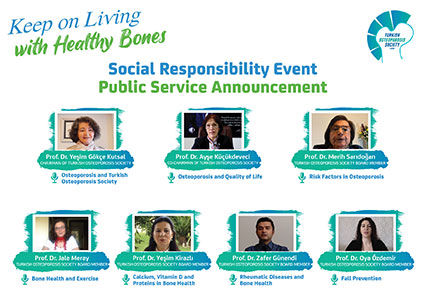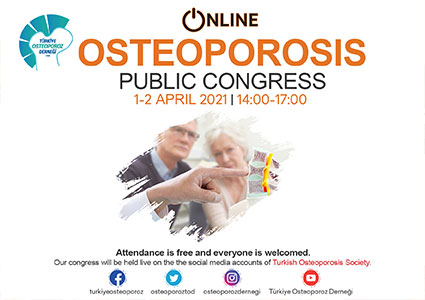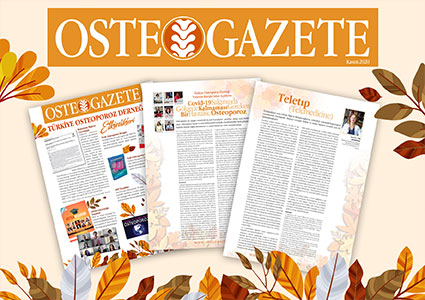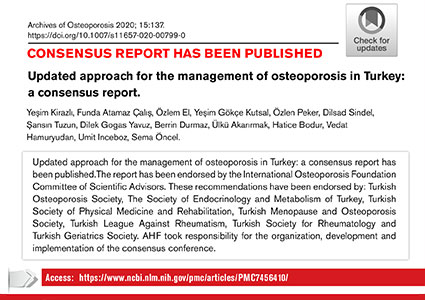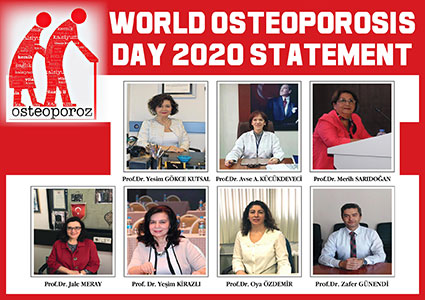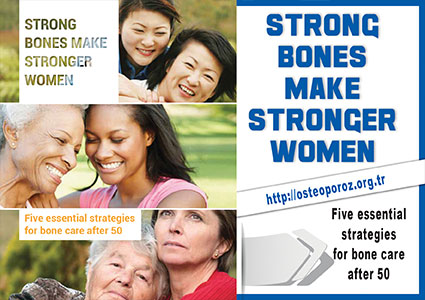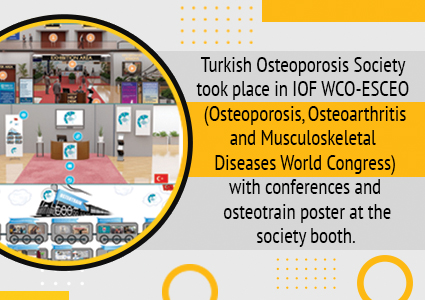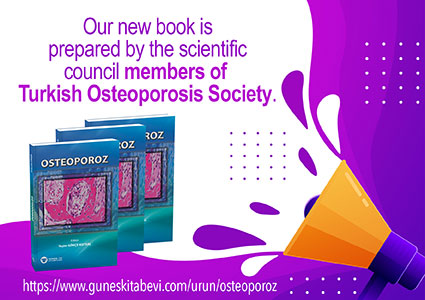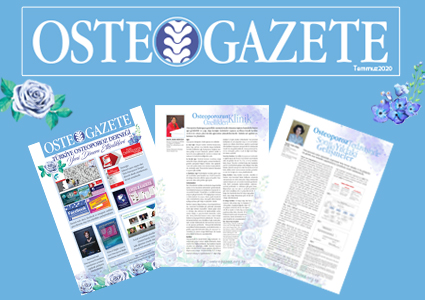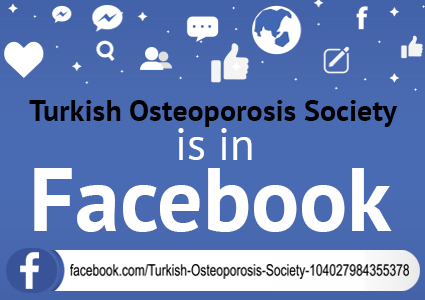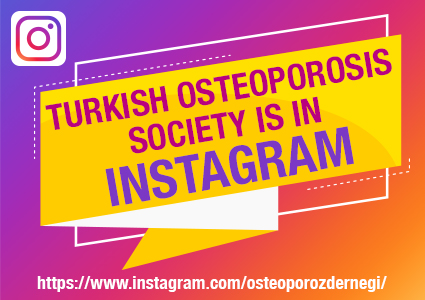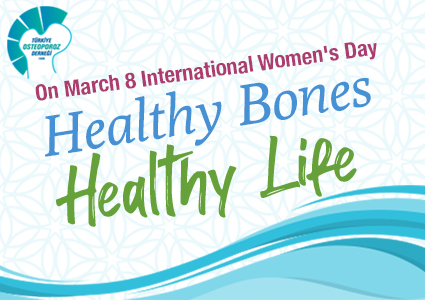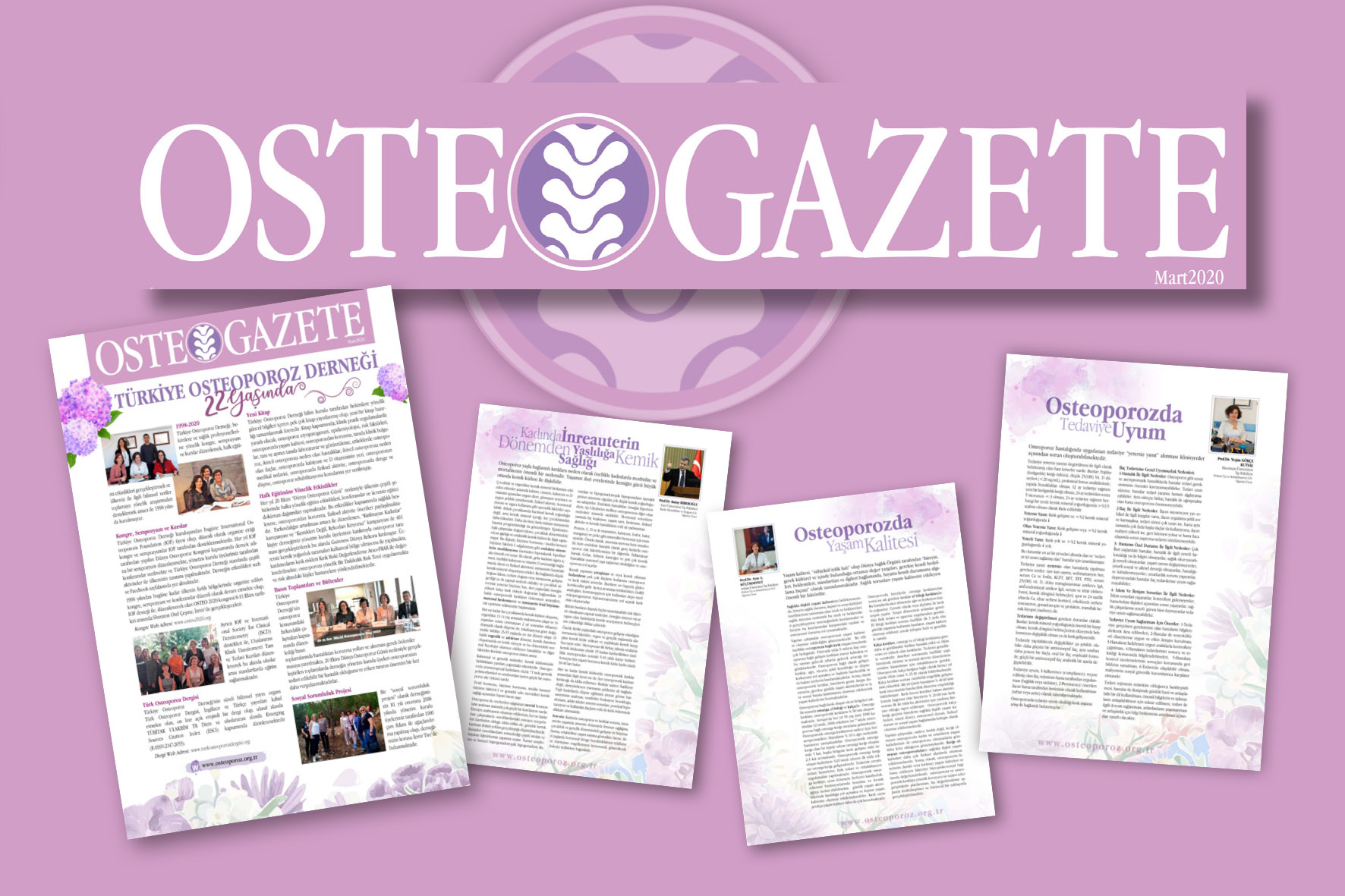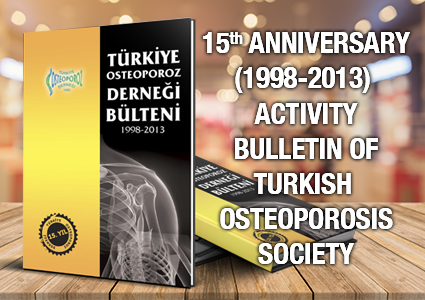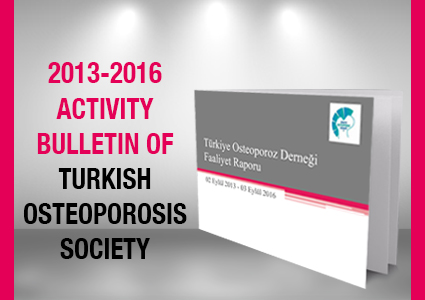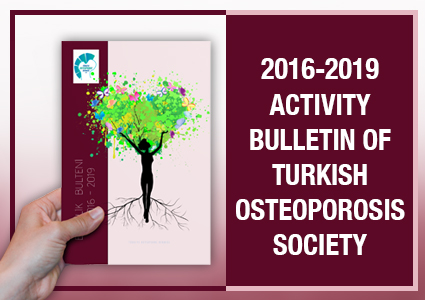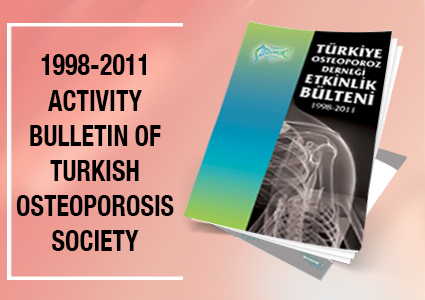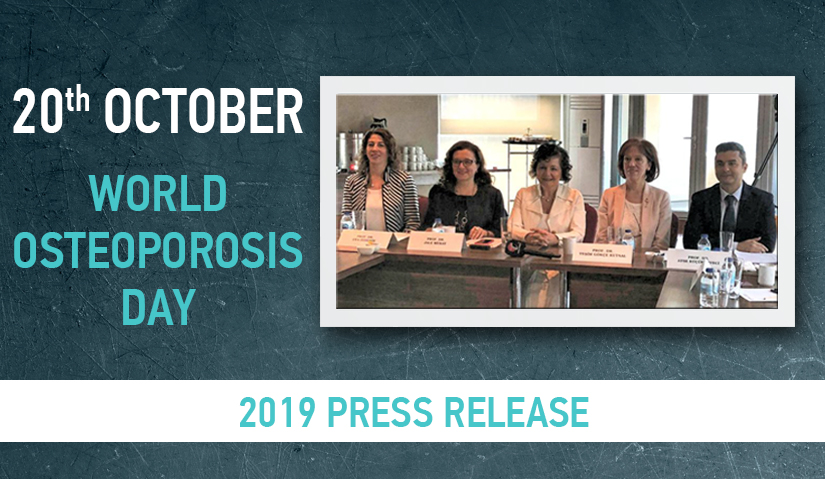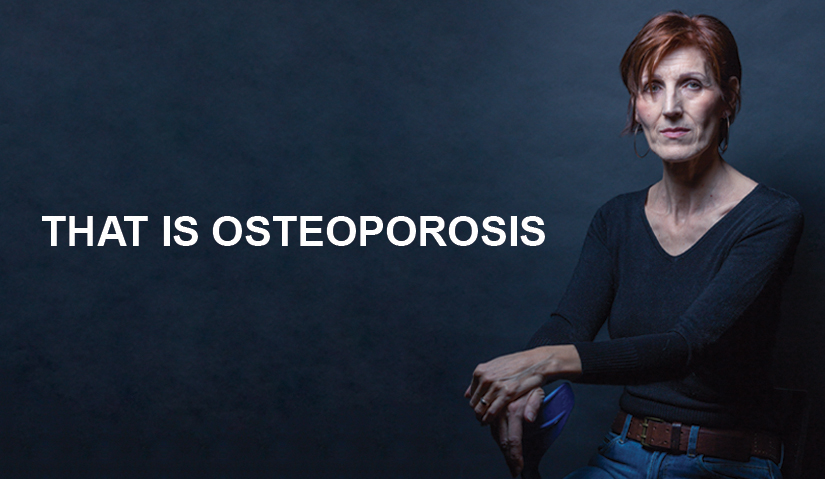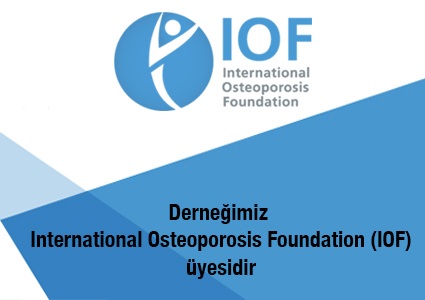Osteoporosis and Exercises

All ABOUTH OSTEOPOROSIS

Osteoporosis and Exercises
IMPORTANCE OF EXERCISE IN OSTEOPOROSIS
Bone produces forces to resist the mechanical and persistent loads. The main function of the skeleton is to protect the body against the gravitation forces and the muscle contractions. In order to protect that skill and force, bone adjusts the structural (bone mass, bone micro- and macro architecture) and material (mineral, collagen cross links and micro damage) changes in its mass, to maintain the bone functioning. This adaptive combination leads to the formation of more resistant bone.
Bone loading creates a feed back mechanism by effecting the periosteal widening and the decreased endosteum break down. Persistent decrease in loading of bone, like in immobilization, reduces the cortical bone and finally results in thinning of the cortex.
Physical activity maintains and supports the bone competence. During physical activity transferring the load to the skeleton is realized either through the direct effect of weight-bearing activity or via muscle pulls and muscle strains. High level of physical activities produces high level of mechanical forces on bone.
Currently it has been proven that the most effective exercises for promoting bone power are heavy-load and resistance exercises. The mechanism of the effect of physical activity and exercises on bone is as follows: During physical activity the mechanical loading increases osteoblastic activity in the bone. The weight-bearing load during walking stimulates foot bones with each contact of the foot with the floor. Mechanical loading through high impact activities like jogging and running induces the osteoblastic activity better than through walking. The persistent forces generated by muscle pulls across bones increase the osteoblastic activity.
5 different types of exercise programs are recommended for osteoporosis:
Stretching Exercises: They are performed in a stretching and resting manner. They prevent from falls and injuries by improving the joint flexibility. Stay in stretching position for 20-30 seconds with normal breathing, then try to relax all muscles as much as possible and then turn to the normal position.
Balance Exercises: Balance exercises are recommended three times a week after strength exercises. Among the various balance exercises, classical yoga position and its adaptation in erect position with heels touching each other, arms beside the body and standing on one foot positions are recommended. Each position should be held for 30 seconds to 1 minute and should be repeated.
Weight-bearing Aerobic Exercises: Aerobic activities like walking and running, improve cardiovascular system and have a positive impact on bones. At the same time aerobic activities enhance balance and coordination. Aerobic activities include warming up, cooling down, stretching and breathing exercises. Different studies report that exercises like climbing up and down stairs, doing step aerobics increase the bone density
High Impact Exercises:This program includes jumping and step aerobics. Due to eventual risk of falls and joint problems in osteoporosis, this exercises program is usually recommended to begin in the premenopausal period.
Strength Exercises: This program starts with stretching, balance and 15 minutes weight lifting exercises 3 days per week. Later, jumping and step aerobics are added. Totally a 40-60-minute exercise program is applied 3 days per week. Beside these exercises, sport activities are recommended. It is a known fact that sports like tennis, volleyball, basketball improve balance and coordination and increase bone mass.


